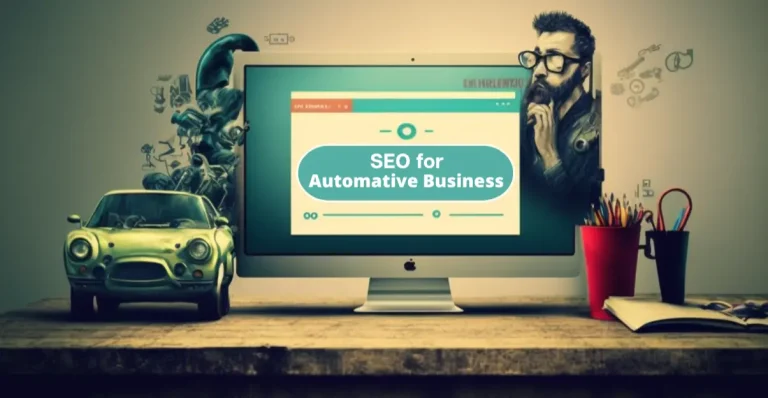Impactful Use of Images in Search Engine Optimization (SEO)

In the world of Search Engine Optimization (SEO), much of the focus is often placed on text and keywords. However, images play a crucial role in enhancing user experience and improving SEO performance. This article explores the importance of images in SEO, how they impact user engagement, and strategies for optimizing them effectively.
The Importance of Images in SEO
- Enhanced User Experience: Images significantly enhance the user experience by making content more engaging and visually appealing. A webpage filled with only text can feel overwhelming and uninviting. In contrast, well-placed images can break up the text, illustrate points, and make the content more digestible.
- Increased Engagement: Research shows that people are 80% more likely to read content that includes images and 64% more likely to remember it. This increased engagement can lead to longer time spent on your site, lower bounce rates, and higher chances of conversion—all factors that positively influence SEO.
- Improved Accessibility: Images, when properly optimized, can make your content more accessible. Alt text, for example, not only helps visually impaired users understand the content of an image but also provides additional context to search engines, aiding in SEO.
Optimizing Images for SEO
- Descriptive File Names: Use descriptive file names for your images. Instead of generic names like “IMG1234.jpg,” use relevant keywords that describe the image, such as “business-meeting.jpg.” This helps search engines understand the content of the image.
- Alt Text: Alt text is crucial for both accessibility and SEO. It should be a brief, descriptive text that accurately describes the image. For example, “A group of professionals in a business meeting.” This helps search engines index your images and provides context to users who cannot see the images.
- Image Sitemaps: Create an image sitemap to help search engines discover all the images on your site. This can improve the chances of your images appearing in search results, driving more traffic to your website.
- File Size and Format: Optimize the file size of your images to ensure fast loading times. Large images can slow down your site, negatively impacting user experience and SEO. Use formats like JPEG for photographs and PNG for graphics with transparent backgrounds.
- Responsive Images: Ensure your images are responsive and look good on all devices, including mobile phones and tablets. Mobile-friendly images improve user experience and are favored by search engines.
Impact of Images on User Behavior Metrics
- Reduced Bounce Rates: Engaging images can keep visitors on your site longer, reducing bounce rates. A lower bounce rate signals to search engines that your content is relevant and valuable, improving your SEO ranking.
- Increased Time on Page: Interesting and relevant images can encourage visitors to spend more time on your pages. This increased time on page is a positive signal to search engines, indicating that users find your content engaging and informative.
- Higher Click-Through Rates (CTR): Attractive images in search results, particularly in rich snippets or image packs, can lead to higher click-through rates. Higher CTRs from search results can improve your overall SEO performance.
Real-Life Success Story
Consider a travel blog that utilized high-quality, optimized images of destinations and travel experiences. By using descriptive file names, detailed alt text, and ensuring fast loading times, the blog saw a 50% increase in organic traffic within six months. The engaging images kept visitors on the site longer and reduced bounce rates, leading to improved search engine rankings.
Comparison Table: SEO Benefits of Text vs. Images
| Criteria | Text Content | Image Content |
|---|---|---|
| User Engagement | Engages through detailed information | Engages visually, breaks up text |
| Memory Retention | 20% remembered without visuals | 64% remembered with visuals |
| Time on Page | Moderate, depends on readability | Higher with engaging visuals |
| Bounce Rate | Can be higher if text is dense | Lower with well-placed images |
| Accessibility | Accessible with proper structure | Accessible with alt text |
| Loading Speed Impact | Generally faster | Can be slower without optimization |
| SEO Impact | High, with keyword optimization | High, with proper alt text and filenames |
The use of images in SEO is a powerful yet often underutilized strategy. By enhancing user experience, increasing engagement, and improving accessibility, images can significantly impact your SEO performance. Properly optimized images not only make your content more appealing but also send positive signals to search engines, boosting your rankings. Embrace the power of images in your SEO strategy and watch your business grow.

![Send a custom event to Google Analytics 4 (GA4) with the amount of deposit a user made on your casino website [TESTED]](https://apusseo.com/wp-content/uploads/2024/04/ga4-custom-event-js-768x439.webp)




